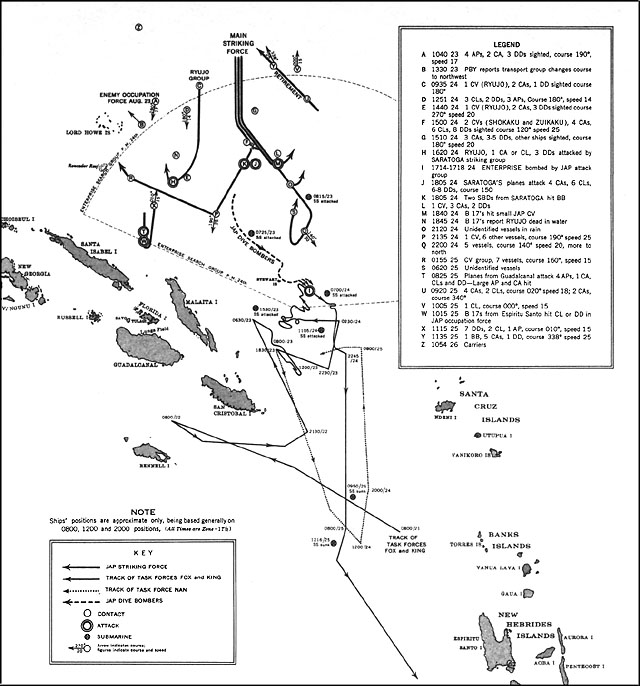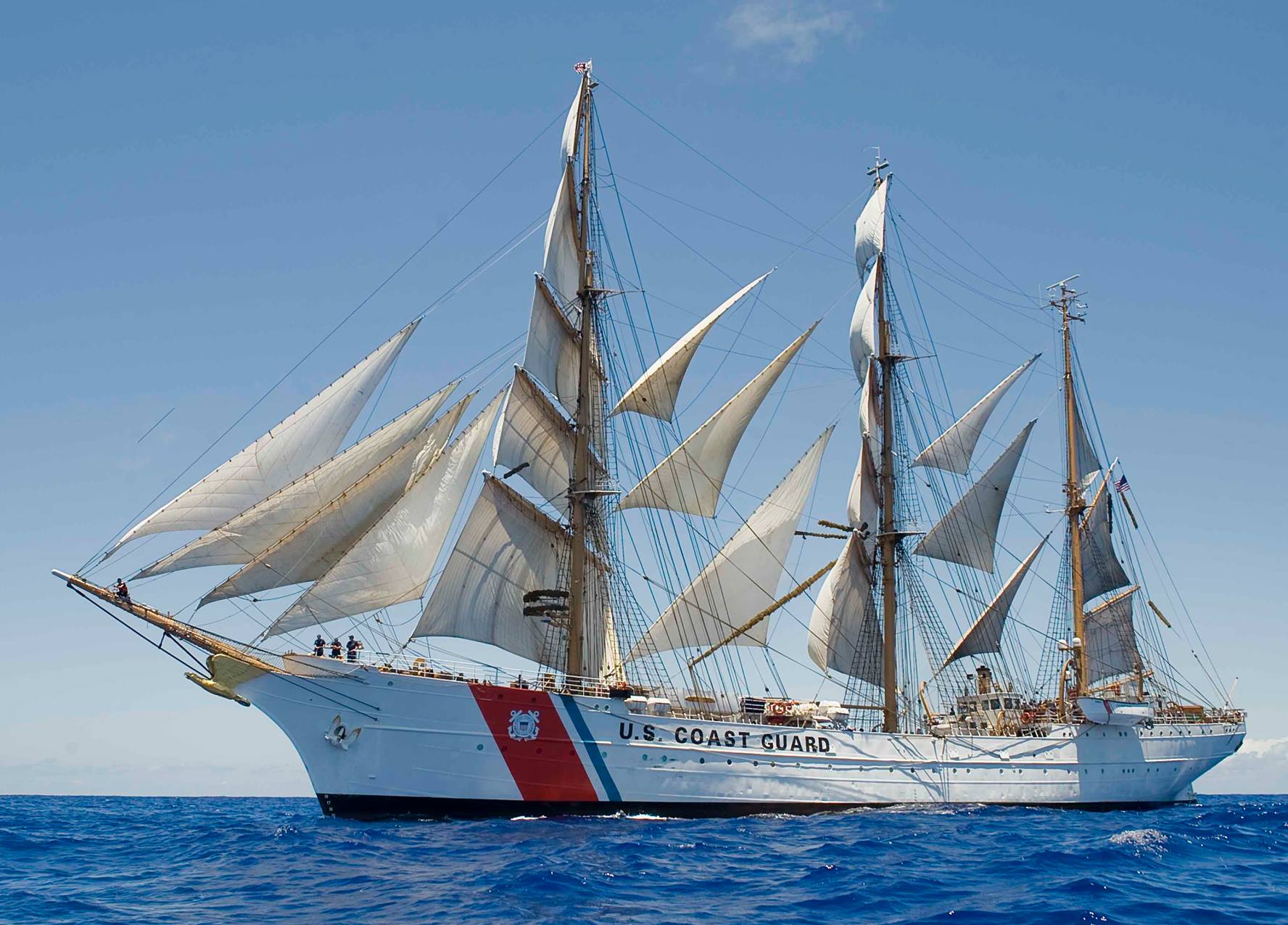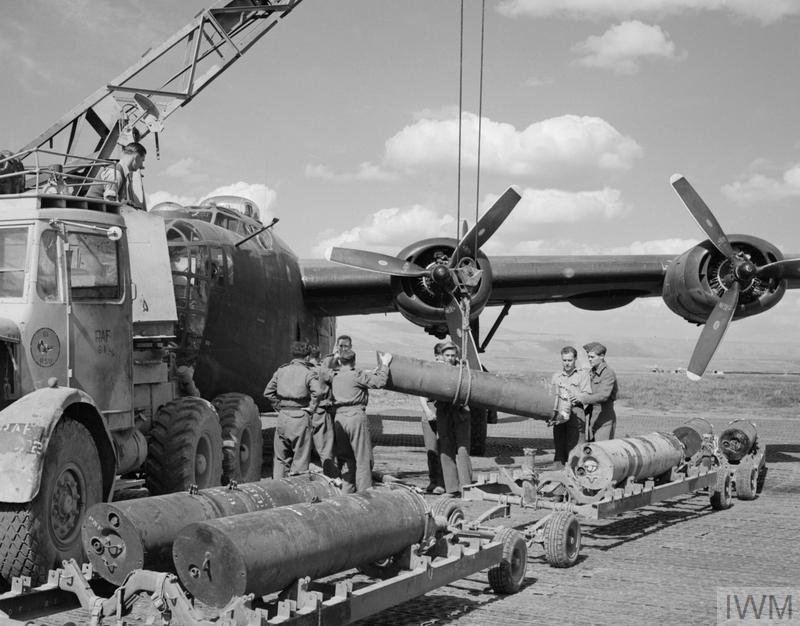|
Japanese Submarine I-121
''I-121'', laid down in 1924 as ''Submarine No. 48'' and known as ''I-21'' from November 1924 to June 1938, was an of the Imperial Japanese Navy that served during the Second Sino-Japanese War and World War II. During the latter conflict, she conducted operations in support of the Japanese invasion of Malaya, the Japanese invasion of the Philippines, the bombing of Darwin, the Battle of Midway, the Guadalcanal campaign, the Battle of the Eastern Solomons, and the New Guinea campaign. She surrendered at the end of the war in 1945 and was scuttled in 1946. After she was renumbered ''I-121'' in 1938, the number ''I-21'' was assigned to a later submarine which also served during World War II. Design ''I-121'' and her three sister ships — ''I-22'' (later renumbered ), ''I-23'' (later renumbered ), and ''I-24'' (later renumbered ) — were the Imperial Japanese Navy's only submarine minelayers.Boyd and Yoshida, p. 18. They were known in Japan by the type name , commonly shorten ... [...More Info...] [...Related Items...] OR: [Wikipedia] [Google] [Baidu] |
Kobe
Kobe ( ; , ), officially , is the capital city of Hyōgo Prefecture, Japan. With a population of around 1.5 million, Kobe is Japan's List of Japanese cities by population, seventh-largest city and the third-largest port city after Port of Tokyo, Tokyo and Port of Yokohama, Yokohama. It is located in the Kansai region, which makes up the southern side of the main island of Honshu, Honshū, on the north shore of Osaka Bay. It is part of the Keihanshin metropolitan area along with Osaka and Kyoto. The Kobe city centre is located about west of Osaka and southwest of Kyoto. The earliest written records regarding the region come from the , which describes the founding of the Ikuta Shrine by Empress Jingū in AD 201.Ikuta Shrine official website – "History of Ikuta Shrine" (Japanese) [...More Info...] [...Related Items...] OR: [Wikipedia] [Google] [Baidu] |
Battle Of The Eastern Solomons
The naval Battle of the Eastern Solomons (also known as the Battle of the Stewart Islands and in Japanese sources as the Second Battle of the Solomon Sea) took place on 24–25 August 1942 and was the third carrier battle of the Pacific campaign of World War II and the second major engagement fought between the United States Navy and the Imperial Japanese Navy (IJN) during the Guadalcanal campaign. As at the Battle of the Coral Sea and the Battle of Midway, the ships of the two adversaries were never within sight of each other. Instead, all attacks were carried out by carrier-based or land-based aircraft. After several damaging air attacks, the naval surface combatants from both America and Japan withdrew from the battle area. Although neither side secured a clear victory, the U.S. and its allies gained a tactical and strategic advantage. Japan's losses were greater and included dozens of aircraft and their experienced aircrews. Also, Japanese reinforcements intended for Gu ... [...More Info...] [...Related Items...] OR: [Wikipedia] [Google] [Baidu] |
Keel-laying
Laying the keel or laying down is the formal recognition of the start of a ship's construction. It is often marked with a ceremony attended by dignitaries from the shipbuilding company and the ultimate owners of the ship. Keel laying is one of the four specially celebrated events in a ship's life; the others are launching, commissioning, and decommissioning. Earlier, the event recognized as the keel laying was the initial placement of the central timber making up the backbone of a vessel, called the keel. As steel ships replaced wooden ones, the central timber gave way to a central steel beam. Modern ships are most commonly built in a series of pre-fabricated, complete hull sections rather than around a single keel. The event recognized as the keel laying is the first joining of modular components, or the lowering of the first module into place in the building dock. It is now often called "keel authentication" and is the ceremonial beginning of the ship's life, although s ... [...More Info...] [...Related Items...] OR: [Wikipedia] [Google] [Baidu] |
Torpedo
A modern torpedo is an underwater ranged weapon launched above or below the water surface, self-propelled towards a target, with an explosive warhead designed to detonate either on contact with or in proximity to the target. Historically, such a device was called an automotive, automobile, locomotive, or fish torpedo; colloquially, a ''fish''. The term ''torpedo'' originally applied to a variety of devices, most of which would today be called mines. From about 1900, ''torpedo'' has been used strictly to designate a self-propelled underwater explosive device. While the 19th-century battleship had evolved primarily with a view to engagements between armored warships with large-caliber guns, the invention and refinement of torpedoes from the 1860s onwards allowed small torpedo boats and other lighter surface vessels, submarines/submersibles, even improvised fishing boats or frogmen, and later light aircraft, to destroy large ships without the need of large guns, though somet ... [...More Info...] [...Related Items...] OR: [Wikipedia] [Google] [Baidu] |
Diesel Engine
The diesel engine, named after the German engineer Rudolf Diesel, is an internal combustion engine in which Combustion, ignition of diesel fuel is caused by the elevated temperature of the air in the cylinder due to Mechanics, mechanical Compression (physics), compression; thus, the diesel engine is called a compression-ignition engine (CI engine). This contrasts with engines using spark plug-ignition of the air-fuel mixture, such as a petrol engine (gasoline engine) or a gas engine (using a gaseous fuel like natural gas or liquefied petroleum gas). Introduction Diesel engines work by compressing only air, or air combined with residual combustion gases from the exhaust (known as exhaust gas recirculation, "EGR"). Air is inducted into the chamber during the intake stroke, and compressed during the compression stroke. This increases air temperature inside the Cylinder (engine), cylinder so that atomised diesel fuel injected into the combustion chamber ignites. The torque a dies ... [...More Info...] [...Related Items...] OR: [Wikipedia] [Google] [Baidu] |
World War I
World War I or the First World War (28 July 1914 – 11 November 1918), also known as the Great War, was a World war, global conflict between two coalitions: the Allies of World War I, Allies (or Entente) and the Central Powers. Fighting took place mainly in European theatre of World War I, Europe and the Middle Eastern theatre of World War I, Middle East, as well as in parts of African theatre of World War I, Africa and the Asian and Pacific theatre of World War I, Asia-Pacific, and in Europe was characterised by trench warfare; the widespread use of Artillery of World War I, artillery, machine guns, and Chemical weapons in World War I, chemical weapons (gas); and the introductions of Tanks in World War I, tanks and Aviation in World War I, aircraft. World War I was one of the List of wars by death toll, deadliest conflicts in history, resulting in an estimated World War I casualties, 10 million military dead and more than 20 million wounded, plus some 10 million civilian de ... [...More Info...] [...Related Items...] OR: [Wikipedia] [Google] [Baidu] |
War Reparation
War reparations are compensation payments made after a war by one side to the other. They are intended to cover damage or injury inflicted during a war. War reparations can take the form of hard currency, precious metals, natural resources, industrial assets, or intellectual properties. Loss of territory in a peace settlement is usually considered to be distinct from war reparations. War reparations are often governed by treaties which belligerent parties negotiate as part of a peace settlement. Payment of reparations often occur as part of a condition to remove occupying troops or under the threat of re-occupation. The legal basis for war reparations in modern international law is Article 3 of the Hague Convention of 1907. Prominent examples of war reparations include Carthage's indemnity paid to Rome following the First Punic War, French reparations following the Napoleonic Wars, Haiti's reparations to France following the Haitian War of Independence (1791–1804), Fren ... [...More Info...] [...Related Items...] OR: [Wikipedia] [Google] [Baidu] |
Type UB III Submarine
The Type UB III submarine was a class of U-boat built during World War I by the German Imperial Navy. Design UB III boats carried 10 torpedoes and were usually armed with either an or a deck gun. They carried a crew of 34 and had a cruising range of . Between 1916 and 1918, 96 were built. The UB III type was a coastal submarine, and being a submersible torpedo boat was less akin to UB II type "attack" (i.e. torpedo-launching) boats that preceded it than the highly successful UC II type minelaying submarine. The UC IIs had gained their reputation by sinking more than 1,800 Allied and neutral vessels. German engineers did not miss the chance of expanding the potential of this capable design by incorporating some of its features into a new submersible torpedo boat. Service history The UB IIIs joined the conflict mid-1917, after the United States declared war on Germany and the United States Navy was added to the ranks of their enemies. When the convoy system was introduced, ... [...More Info...] [...Related Items...] OR: [Wikipedia] [Google] [Baidu] |
Minelaying
A minelayer is any warship, submarine, military aircraft or land vehicle deploying explosive mines. Since World War I the term "minelayer" refers specifically to a naval ship used for deploying naval mines. "Mine planting" was the term for installing controlled mines at predetermined positions in connection with coastal fortifications or harbor approaches that would be detonated by shore control when a ship was fixed as being within the mine's effective range. An army's special-purpose combat engineering vehicles used to lay landmines are sometimes called "minelayers". Etymology Before World War I, mine ships were termed mine planters generally. For example, in an address to the United States Navy ships of Mine Squadron One at Portland, England, Admiral Sims used the term "mine layer" while the introduction speaks of the men assembled from the "mine planters". During and after that war the term "mine planter" became particularly associated with defensive coastal fortificati ... [...More Info...] [...Related Items...] OR: [Wikipedia] [Google] [Baidu] |
Imperial German Navy
The Imperial German Navy or the ''Kaiserliche Marine'' (Imperial Navy) was the navy of the German Empire, which existed between 1871 and 1919. It grew out of the small Prussian Navy (from 1867 the North German Federal Navy), which was mainly for coast defence. Wilhelm II, Kaiser Wilhelm II greatly expanded the navy. The key leader was Admiral Alfred von Tirpitz, who greatly expanded the size and quality of the navy, while adopting the Command of the sea, sea power theories of American strategist Alfred Thayer Mahan. The result was a Anglo-German naval arms race, naval arms race with Britain, as the German navy grew to become one of the greatest maritime forces in the world, second only to the Royal Navy. The German surface navy proved ineffective during the First World War; its only major engagement, the Battle of Jutland, was a draw, but it kept the surface fleet largely in port for the rest of the war. The submarine fleet was greatly expanded and threatened the British supply s ... [...More Info...] [...Related Items...] OR: [Wikipedia] [Google] [Baidu] |
Minelayer
A minelayer is any warship, submarine, military aircraft or land vehicle deploying explosive mines. Since World War I the term "minelayer" refers specifically to a naval ship used for deploying naval mines. "Mine planting" was the term for installing controlled mines at predetermined positions in connection with coastal fortifications or harbor approaches that would be detonated by shore control when a ship was fixed as being within the mine's effective range. An army's special-purpose combat engineering vehicles used to lay landmines are sometimes called "minelayers". Etymology Before World War I, mine ships were termed mine planters generally. For example, in an address to the United States Navy ships of Mine Squadron One at Portland, England, Admiral Sims used the term "mine layer" while the introduction speaks of the men assembled from the "mine planters". During and after that war the term "mine planter" became particularly associated with defensive coastal fortifi ... [...More Info...] [...Related Items...] OR: [Wikipedia] [Google] [Baidu] |
Sister Ship
A sister ship is a ship of the same Ship class, class or of virtually identical design to another ship. Such vessels share a nearly identical hull and superstructure layout, similar size, and roughly comparable features and equipment. They often share a common naming theme, either being named after the same type of thing or person (places, constellations, heads of state) or with some kind of alliteration. Typically the ship class is named for the first ship of that class. Often, sisters become more differentiated during their service as their equipment (in the case of naval vessels, their armament) are separately altered. For instance, the U.S. warships , , , and are all sister ships, each being an . Perhaps the most famous sister ships were the White Star Line's s trio, consisting of , and . As with some other liners, the sisters worked as running mates. Of the three sister ships, ''Titanic'' and ''Britannic'' would both sink within a year of being launched, while RMS ''O ... [...More Info...] [...Related Items...] OR: [Wikipedia] [Google] [Baidu] |









